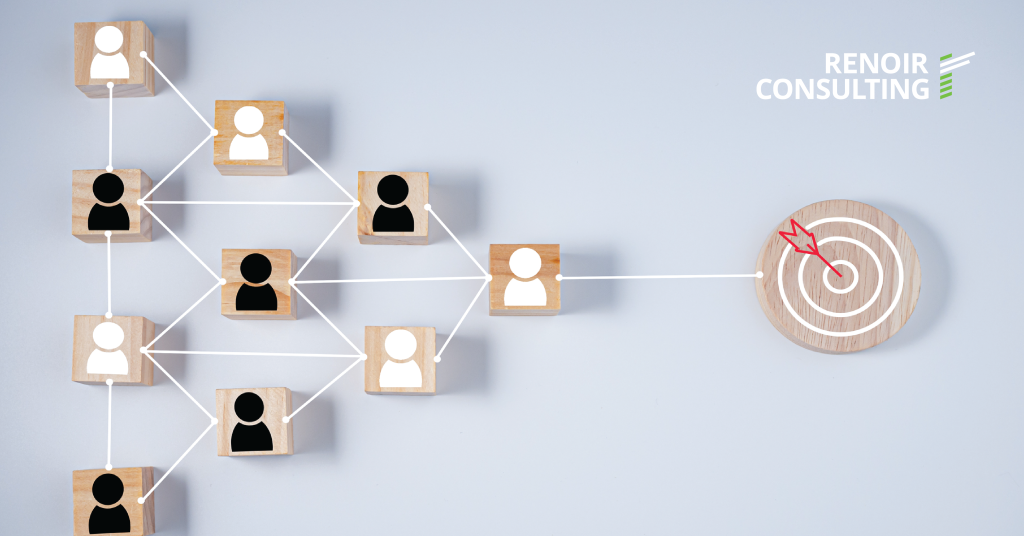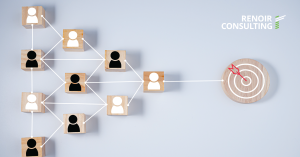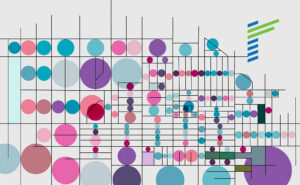At a Glance
- Organisational development is about developing a great organisation through behavioural changes, whilst organisation design concerns the design of a great organisation through procedural changes.
- A significant part of effective organisation design and implementation of organisational development is, of course, change management.
- During the development of a new organisation design, having an intermediate organisation may be necessary for a successful long-term transition.
There are hundreds, if not thousands, of corporate jargon terms, which can often be confusing. Terms like organisational transformation, organisation design, and organisational development are frequently used, but they have different meanings. Do you know the differences?
Organisational Development versus Organisation Design
Organisational development can be defined as improving people’s skills and the overall job performance. It focuses on cultural changes including improved team dynamics, knowledge management and continuous learning, and increased empowerment. In short, it involves aligning procedural changes with individuals and is the outcome of successfully implementing organisation design.
Here’s a good way to understand these two concepts:
- Organisational development: How to develop a great organisation through behavioural changes?
- Organisation design: How to design a great organisation through procedural changes?
Change management as a focus during transition
The process of transitioning from one organisation design to another does not happen overnight. A significant part of effective organisation design and implementation of organisational development is, of course, change management.
It is vital to identify the obstacles to change and devise ways of overcoming them. This will include designing a structured change programme that incorporates staff into the design of the elements needed – such as the new targets, key performance indicators, reporting systems, modelling of new mindsets, and building new employee skills and capabilities.
As part of any organisation design and organisational development programme, change management will take centre stage. A common tool that is used to track all the necessary changes is the Management of Change (MOC) Register. This is essentially an action log stemming from the changes identified during the design phase, which are usually risk-based and prioritised, ensuring that crucial actions are not overlooked.

Developer’s resource allocation leads to 30% productivity gain

Mine productivity soars with improved training programs

Developer’s resource allocation leads to 30% productivity gain

Mine productivity soars with improved training programs
The halfway point before any full transition
Bypassing a phased approach and implementing the organisation design A to B directly can lead to disastrous outcomes. As the saying goes, “When you’re testing to see how deep water is, never use two feet”.
Therefore, it is relatively common for companies to implement an intermediate organisation design before any full transition. Some common scenarios are as follows:
- Pilots. If your company is considering a radical redesign, such as changing from a product-focused to a geography-focused sales model, it is best to pilot the changes beforehand.
- Subsidiaries. Large companies intending to expand into new markets should consider setting up autonomous subsidiaries. Once the required scale has been achieved, these subsidiary companies can be reincorporated or redesigned.
- Transitional organisations. Using multiple operating models within a company can be advantageous under certain circumstances. For example, when expanding into a new country, a functional model with a consolidated sales team selling all products could be appropriate, whereas a divisional model structured around product families could be more suitable for expansion into more established countries.
During the development of a new organisation design, having an intermediate organisation may be necessary for a successful long-term transition. Companies are recommended to re-evaluate and change the organisation design when there is a change to the strategy, including a shift to a new stage of the execution lifecycle.
Renoir has over 30 years of experience in guiding organisations through change. We work closely with our clients as partners – from blueprint to execution – using a top-down, bottom-up, end-to-end approach. By the end of the project, our clients are equipped with the tools and capabilities to maintain a culture of continuous improvement.
Start reviewing your strategy and organisation design today.










